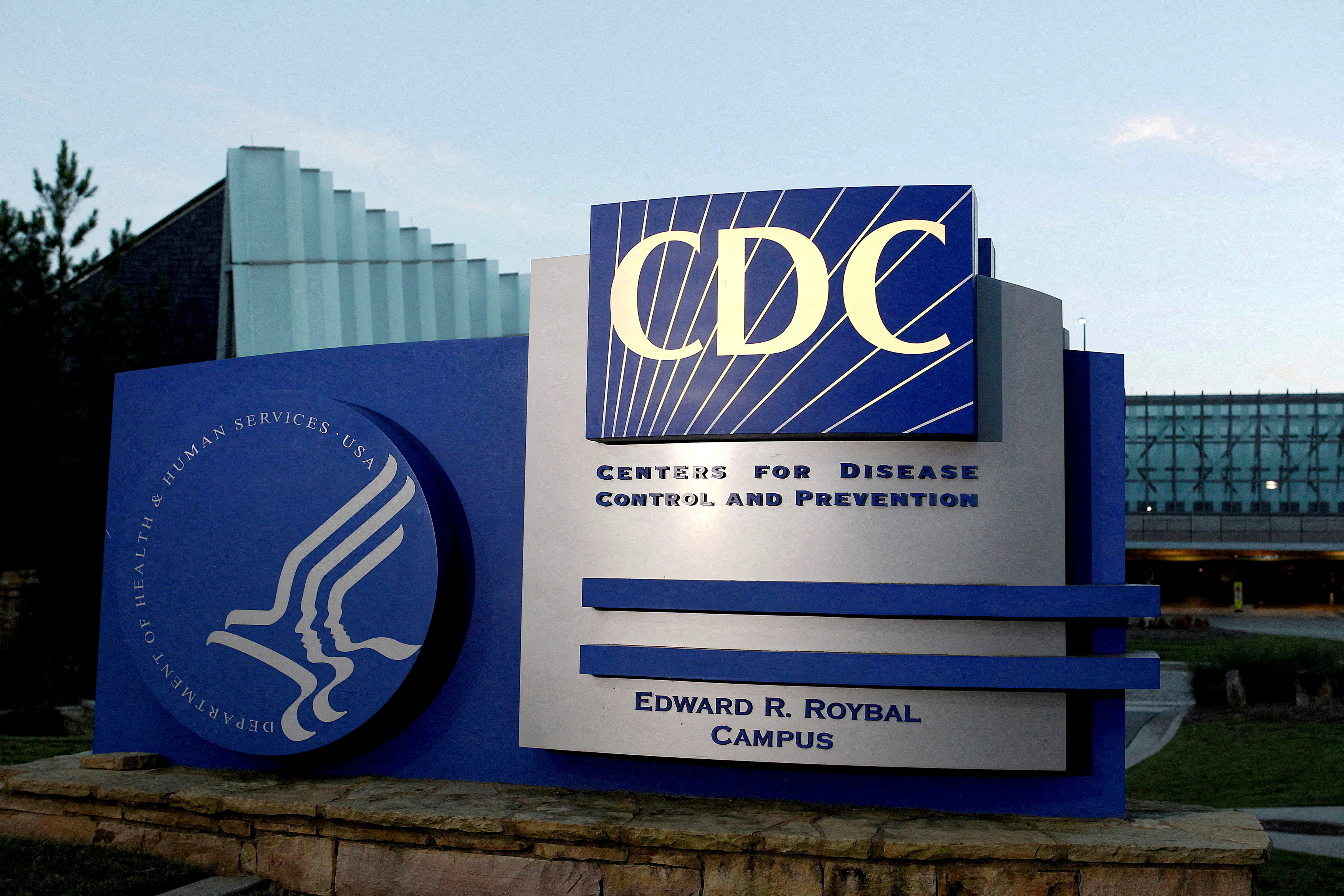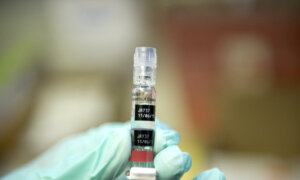A woman in Texas died in 2024 from a brain-eating amoeba that appeared after she used tap water and a nasal irrigation device, researchers with the state and the U.S. Centers for Disease Control and Prevention said in a new report.
According to the report, the previously healthy woman, 71, filled the device with tap water from a recreational vehicle water system at a campground in Texas. Within four days, she developed severe symptoms such as altered mental status and fever. She later suffered seizures.
Doctors tried treating the woman, but she died eight days after the symptoms started.
CDC laboratory testing confirmed that the amoeba Naegleria fowleri was found in the woman’s cerebrospinal fluid. The amoeba is a one-celled organism that can live in warm freshwater, such as lakes, poorly maintained areas with water, such as swimming pools, and tap water. It can infect the brain and destroy brain tissue.
Nearly all brain infections caused by the amoeba are fatal.
Texas officials investigated and found that the woman had cleared her sinuses with a nasal irrigation device on multiple occasions using water from the RV’s potable water tank. The tank was filled with water on an unknown date before the woman bought the vehicle, three months before developing symptoms. Officials said she did not boil the water before using it.
Another possible source of water contamination was the municipal water system, which was connected to the tank at the time the patient drew from it, the researchers reported on May 29 in a CDC publication, the Morbidity and Mortality Weekly Report.
Samples from the vehicle and water did not test positive for the amoeba, but the disinfectant levels in the municipal system were lower than recommended. Researchers said that several factors, including lower-than-ideal levels of chlorine, could have resulted in the growth of pathogens such as Naegleria fowleri.
“Nasal irrigation using tap water remains the suspected route of exposure, given the absence of other identified nasal water exposure and the concerning quality of the campground municipal water and RV tap water at the time of sampling,” the researchers said.
“Failure to isolate the organism from the samples collected might be explained by the fact that sampling occurred 23 days after the patient used the water for nasal irrigation, and the environmental conditions might have differed from those present when infection occurred.”
The CDC said the case highlights the need to use nasal irrigation devices properly and maintain RV water quality. It also shows the need to make sure municipal systems are kept up to standard, it said.














